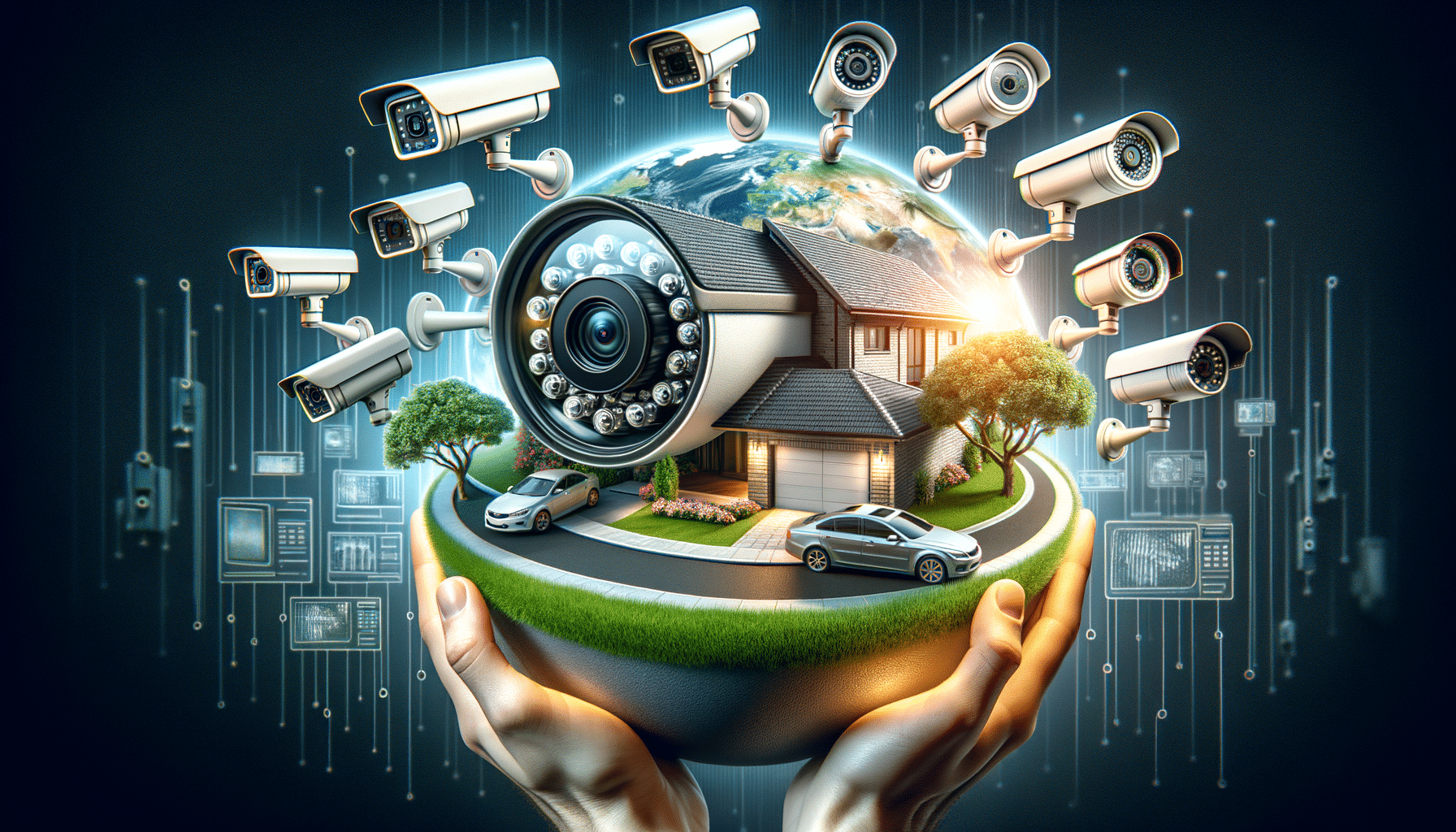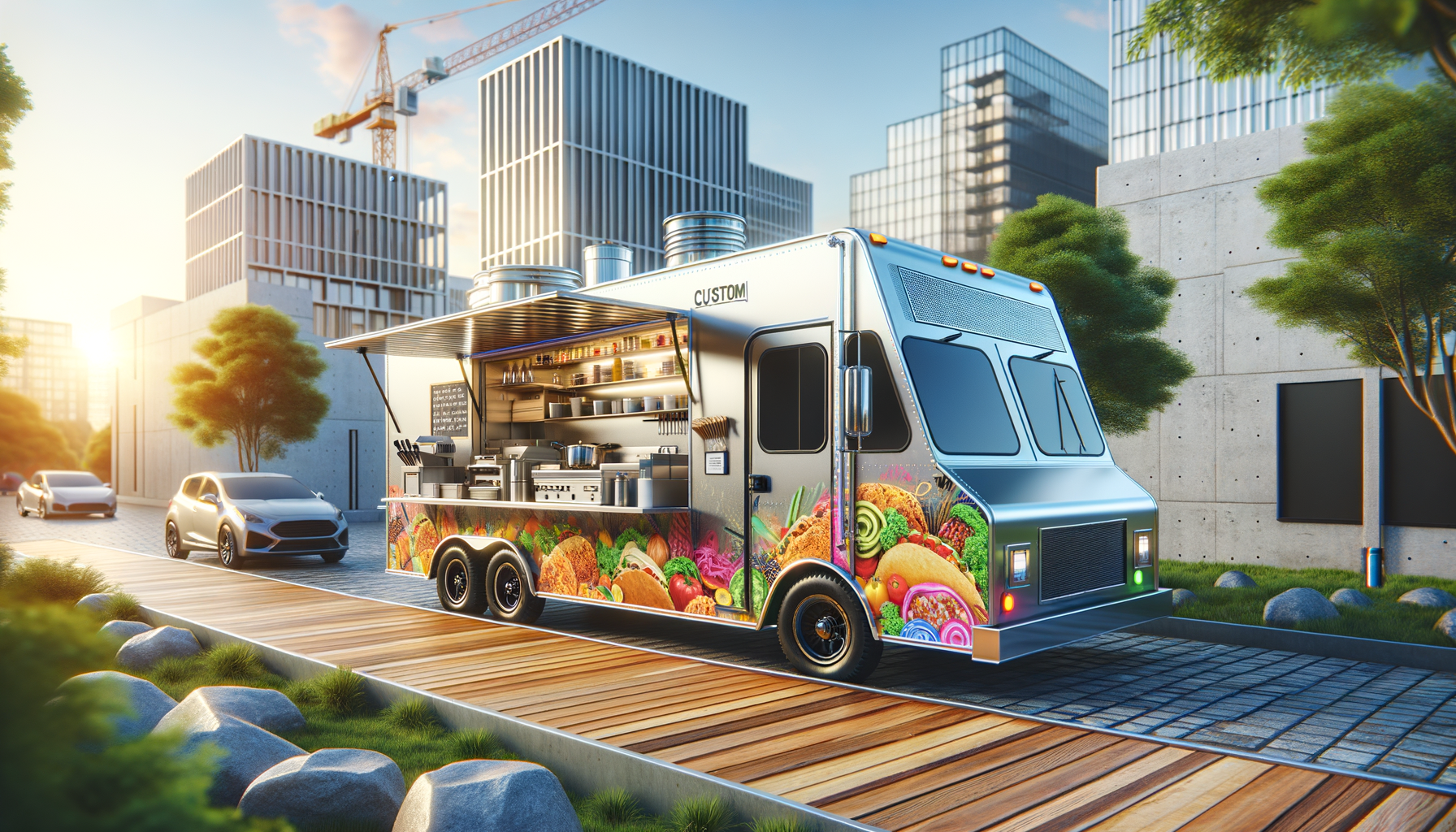Introduction to Security Cameras
In an era where security has become a top priority, the demand for security cameras has surged both in residential and commercial spaces. Security cameras serve as the eyes and ears of a property, providing constant vigilance and peace of mind. They are not only a deterrent to potential intruders but also a critical tool for monitoring and recording activities. With advancements in technology, the capabilities and features of security cameras have evolved significantly, making them a versatile component of modern security systems.
Residential Security Camera Installations
Residential security camera installations have become increasingly popular as homeowners seek to protect their families and properties. The focus in home installations is often on entry points such as doors and windows, as well as interior spaces where movement is frequent. Homeowners typically prioritize cameras that offer clear visibility and can be accessed remotely via smartphones or computers. This allows for real-time monitoring and quick response to any unusual activity.
Some of the key considerations for residential installations include:
- Camera placement to cover vulnerable areas such as backyards and garages.
- Integration with smart home systems for seamless operation.
- Night vision capabilities to ensure visibility in low-light conditions.
As technology advances, features such as motion detection, facial recognition, and two-way audio are becoming more common in residential security cameras. These features enhance the functionality of the system, allowing homeowners to interact with visitors or delivery personnel without opening the door.
Commercial Security Camera Setups
In commercial settings, security camera setups are designed to address different challenges compared to residential installations. Businesses often require comprehensive surveillance solutions that cover larger areas and multiple entry points. The priority is to ensure the security of access zones, storage areas, and open floor visibility, which are critical for preventing theft and ensuring employee safety.
Key aspects of commercial security camera setups include:
- High-resolution cameras to capture detailed footage.
- Scalability to accommodate the expansion of business premises.
- Integration with access control systems for enhanced security.
Commercial setups often involve a mix of indoor and outdoor cameras, each tailored to specific surveillance needs. Advanced analytics, such as heat mapping and people counting, are also utilized to optimize business operations and enhance security measures. These features provide valuable insights into customer behavior and help in making informed business decisions.
Technological Advancements in Security Cameras
The field of security cameras has witnessed remarkable technological advancements, transforming them into sophisticated devices capable of much more than just recording footage. Modern security cameras incorporate technologies such as artificial intelligence, cloud storage, and wireless connectivity, which have broadened their applications and improved their efficiency.
Some notable technological advancements include:
- AI-powered cameras that can differentiate between humans, animals, and inanimate objects.
- Cloud storage solutions that offer secure and scalable data management.
- Wireless cameras that provide flexibility in installation and reduce wiring costs.
These advancements have made security cameras more accessible and user-friendly, allowing users to customize their systems according to specific needs. The integration of AI and machine learning has particularly enhanced the ability of cameras to learn and adapt to different environments, providing more accurate and reliable surveillance.
Conclusion: The Future of Security Cameras
As security concerns continue to grow, the role of security cameras in safeguarding homes and businesses will only become more significant. The ongoing advancements in technology promise to further enhance the capabilities of these systems, making them an indispensable part of modern security strategies. Whether for residential or commercial purposes, the choice of security cameras should be guided by specific needs, property layout, and the desired level of surveillance.
Looking ahead, we can expect security cameras to become even more integrated with other smart technologies, offering seamless and comprehensive security solutions. As consumers and businesses alike embrace these innovations, the future of security cameras appears both promising and exciting, paving the way for safer and more secure environments.




Leave a Reply